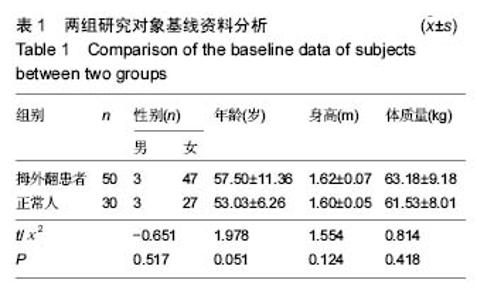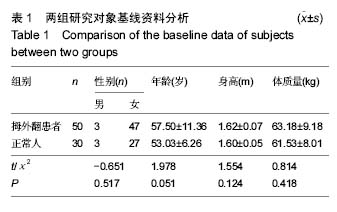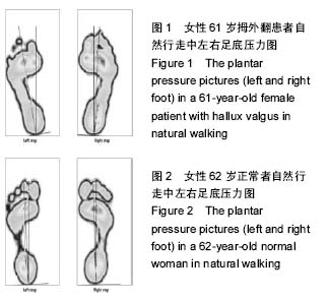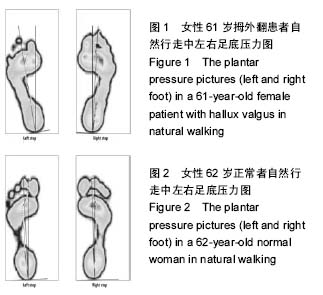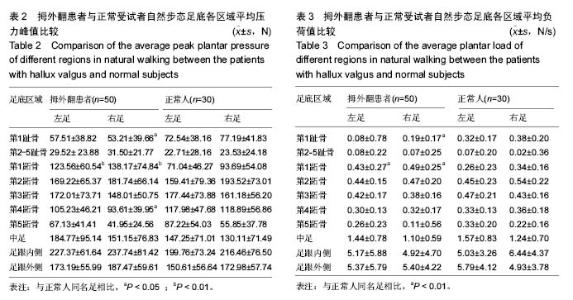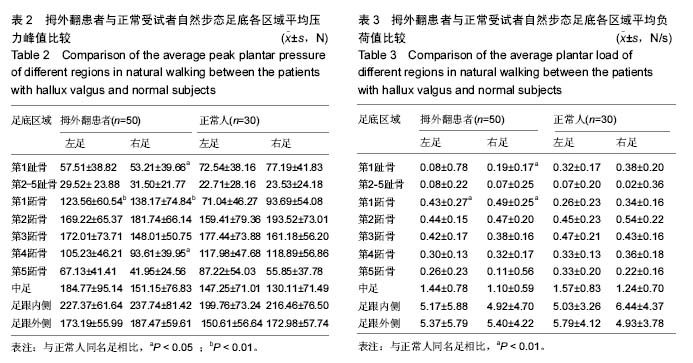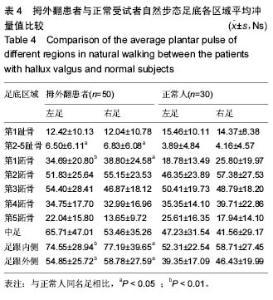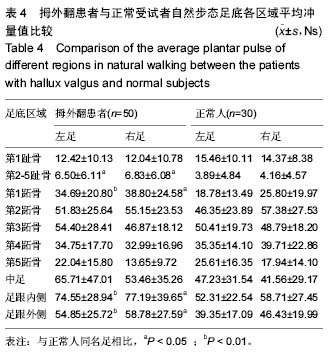| [1] 戴鹤玲,温建民,孙天胜,等.拇趾外翻足临床疗效评价标准[J].中国骨与关节损伤杂志,2010,25(12):1151-1152.
[2] 胡婷.坡跟护士鞋与足拇外翻的相关性研究[J].当代护士, 2013,(10):3-4.
[3] 陈学武,杨评山. Akin截骨联合第1跖骨基底楔形植骨治疗中重度足拇外翻临床疗效研究[J].医学研究杂志, 2014, 43(5):62-64.
[4] 杨琳,梁栋柱,钟世镇,等.足部生物力学实验研究进展[J].医学综述,2011,17(5):712-714.
[5] 杨洁,倪朝民.足底压力及其临床康复应用研究进展[J]. 中国临床保健杂志,2014,17(3):329-331.
[6] 付德林,沙汹涛,田艳丽,等.第一跖骨近端斜楔形截骨联合软组织手术治疗重度拇外翻[J].中国美容医学, 2012, 21(2):186-187.
[7] Couqhlin MJ. Roger A Mann Award.Juvenile hallux valgus etiology and treatment. Foot Ankle Int. 1995; 16(11):682-697.
[8] 邢国丽,冯建书,姚力.拇外翻微创手术的围手术期康复护理[J]. 河北医药,2013,35(16):2544-2545.
[9] 刘刚,潘世鹏.小切口治疗拇外翻临床应用体会[J].实用医技杂志,2012,19(2):166-167.
[10] 孙育欣,潘晓华.高跟鞋与足弓的关系[J].海南医学, 2013, 24(5):748-751.
[11] 杨立明.拇收肌切断+Mayo手术治疗拇外翻临床分析[J]. 中国实用医药,2013,8(35):55-56.
[12] 杨评山,陈学武,潘光杰.足拇外翻危险因素的病例对照研究[J].中国现代医生,2013,51(19):29-31.
[13] 穆桂玲. 微创截骨治疗与护理拇外翻合并小趾内翻[J].湖北中医杂志,2012,34(6):47-48.
[14] 李静,谢鸣,勘武生,等.微创截骨治疗拇外翻合并小趾内翻的临床疗效观察[J].中国骨与关节损伤杂志,2011,26(8): 755-756.
[15] 袁育虎.拇收肌切断术联合Chevron截骨术治疗拇外翻畸形的临床应用[J]. 中国实用医药,2010,5(28):48.
[16] Bennetts CJ, Owings TM, Erdemir A, et al.Clustering and Classification of Regional Peak Plantar Pressures of Diabetic Feet. J Biomech.2013;46(1):19-25.
[17] 李立,陈玉娟,翟凤鸣,等.老年人与青年人足底压力分布特征比较[J].中国老年学杂志,2011,31(23):4574-4576.
[18] 梁玉,霍洪峰,杨静怡,等.老年人步行时足底压力及步态特征的增龄性变化[J].中国老年学杂志,2013,33(13):3038-3040.
[19] 刘程程,元香南,张立新,等.老年人与健康大学生平地行走时足底压力特征比较[J].中国康复理论与实践,2015, 21(5): 544-548.
[20] 霍洪峰,冯霞,梁玉,等. 老年女性平地自然行走时足底压力指标衰老特征[J].中国组织工程研究,2012,16(2):307-310.
[21] Luria T,Dndkiewicz L,Burg A,et al.The early results of minimally invasive technique for hallux valgus repair. Foot.2010;20(4):118-120.
[22] 毛威,张建中,孙超,等. Ludloff 截骨治疗拇外翻对前足底压力的影响[J].中国组织工程研究与临床康复, 2010, 14(28):5237-5243.
[23] 郄淑燕,张庆民,张致媛,等.拇外翻对前足底压力分布的改变[J]. 医用生物力学,2010,25(3):224-229.
[24] 孙洋,曲家富,曹立海,等.微创三维矫正有限固定治疗拇外翻[J].中国骨与关节外科,2012,5(6):505-509. |
